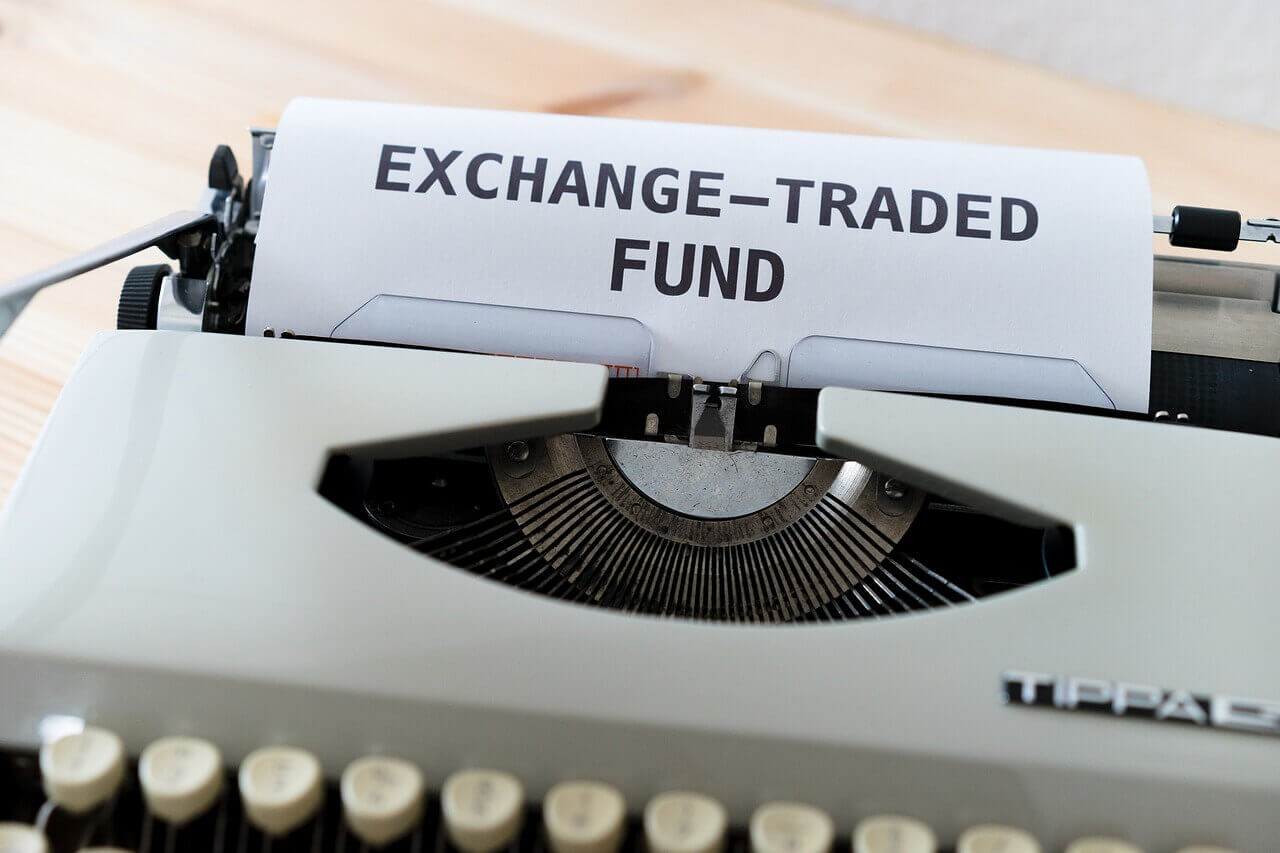Gold ETFs are gaining popularity among investors who want to invest in gold without owning or storing physical gold. In this article we give an introduction to gold ETFs, explain how they work, what advantages they offer and what risks they entail.
Inhalt
What are gold ETFs?
Gold ETFs are investment funds that invest in gold and are traded on an exchange. Unlike other gold investment options such as physical gold or gold mining stocks, gold ETFs allow investors to invest in gold indirectly.
How do gold ETFs work?
Gold ETFs (Exchange-Traded Funds) are investment funds that invest in gold and are traded on an exchange. Unlike other gold investment options such as physical gold or gold mining stocks, gold ETFs allow investors to invest in gold indirectly.
A gold ETF aims to replicate the performance of the gold price by investing in gold. There are two types of gold ETFs: physically backed gold ETFs and synthetic gold ETFs. Physically backed gold ETFs actually hold physical gold as collateral, while synthetic gold ETFs use derivatives and other financial instruments to replicate the performance of gold.
Gold ETFs offer investors a number of benefits such as liquidity and tradability on the exchange, diversification and risk mitigation, as well as cost and tax advantages. Investors can invest in gold ETFs at any time and benefit from the performance of the gold price without having to buy or store physical gold.
As with any form of investment, there are risks to consider with gold ETFs. These include, above all, price and volatility risks, counterparty risk in the case of synthetic gold ETFs, as well as market risks and currency risks. Investors should take these risks into account and carefully weigh up their investment decision.
Advantages of gold ETFs
Gold ETFs offer investors a number of advantages over other gold investment options. Here are some of the key advantages of gold ETFs:
- Liquidity and tradability: gold ETFs are listed on exchanges and can be traded at any time, similar to equities. This makes it easy to move in and out of a position depending on market conditions or individual investment objectives.
- Diversification and risk mitigation: By buying gold ETFs, investment risk can be spread across different investment instruments. Diversification can reduce the risk of losses due to market fluctuations.
- Cost and tax advantages: Gold ETFs typically have lower costs than buying and storing physical gold. They can also be more tax-efficient than other gold investment options, as buying and selling gold ETFs is usually more tax-efficient.
- Accessibility: Gold ETFs are accessible to a wide range of investors as they come in different sizes, from small investors to institutional investors. Some gold ETFs are even listed in multiple currencies, making them more accessible to global investors.
- Transparency: Gold ETFs are transparent and usually have daily disclosure of their portfolios. Investors can see at any time how much physical gold the ETF holds, as well as the cost structure and performance.
In summary, gold ETFs offer investors a cost-effective, liquid and transparent way to invest in gold. The ability to diversify and mitigate risk, as well as the tax and cost savings, make them an attractive option for investors looking to invest in the gold market.
Risks of gold ETFs
As with any form of investment, there are risks to consider with gold ETFs. These include, above all, price and volatility risks, counterparty risk in the case of synthetic gold ETFs, as well as market risks and currency risks. Investors should take these risks into account and carefully weigh up their investment decision.
Types of gold ETFs
There are different types of gold ETFs that investors can include in their investment portfolios. Here are some of the most common types of gold ETFs:
- Physical gold ETFs: These ETFs invest directly in physical gold held by a fiduciary institution. The number of shares an investor owns is equal to a proportion of the physical gold held by the ETF.
- Futures-based gold ETFs: These ETFs use futures contracts to speculate on the price of gold. The ETF buys and sells futures contracts to track the performance of gold.
- Mining stock ETFs: These ETFs invest in companies that mine gold or develop gold projects. Since they usually invest in several companies, they offer some diversification.
- Leveraged gold ETFs: These ETFs use derivatives to hold a leveraged long or short position on gold. This increases risk and reward and is usually only suitable for experienced investors.
- Inverse gold ETFs: These ETFs are designed to deliver the inverse performance of gold. When the price of gold goes down, the ETF goes up and vice versa.
It is important to learn about the different types of gold ETFs and understand how they work before investing in them. Each ETF has its own peculiarities and risks that need to be considered. Investors should carefully consider which ETF best suits their investment objectives and risk tolerances.
How to invest in gold ETFs
Investors can invest in gold ETFs by selecting and buying a suitable gold ETF. When doing so, they should consider the costs and tax benefits. Gold ETFs are traded like shares on an exchange and can be bought or sold at any time.










